Some of the links in this post may be affiliate links.
The lifesaver cactus, or Huernia zebrina, has unexpectedly become one of my favorite succulents. It is in fact not a cactus despite its common name!
I’ve also seen this plant listed as Huernia confusa and also Huernia insigniflora, but regardless what the proper scientific name is, it is an easy care succulent with incredible flowers.
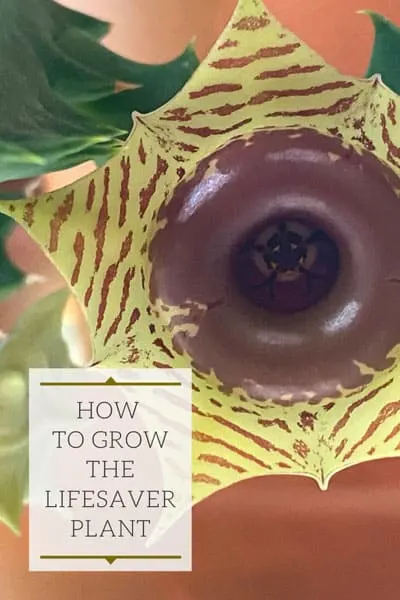
It is easy to see where name lifesaver comes from because the central part of the flower looks like a lifesaver candy (or one could argue, a chocolate glazed donut!) and surrounded by 5 points with zebra-like stripes.
Table of Contents
LIFESAVER PLANT / HUERNIA ZEBRINA CARE
LIGHT
It is important to get the light right for this plant. These low-growing perennial succulent plants are native to low-altitude areas of eastern and southern Africa, and grow underneath other shrubs. They are actually in the milkweed family of plants.
Keeping this information in mind, you need to strike a balance with the light that you give your indoor Huernia. You need enough light to produce strong growth and flowering, but not too much light that can cause scalding.
Inside the home, the ideal location would be right in front of an Eastern facing window (morning sun) or a Western facing window (afternoon sun).
My own plant has been growing well and flowering in front of my Eastern window. Of course every window is different and you’ll have to experiment.
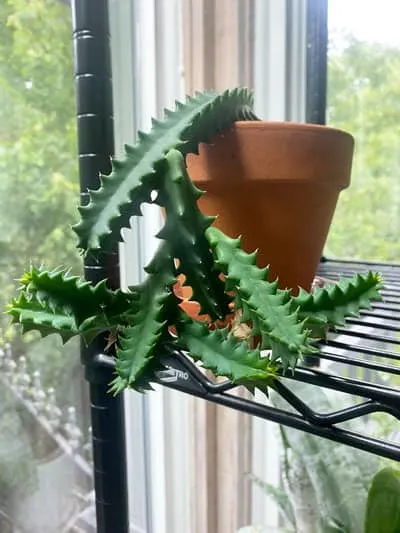
Some indications of not enough light include weak growth and no flowering. On the other end, too much sun can start to produce reddish or purple coloring in your plant. If you see this, you may want to decrease the amount of direct sun just a bit.
A few hours of direct sun inside are necessary for good growth and flowering, but avoid harsh sun during mid-day.
TEMPERATURE
To be safe don’t let your lifesaver cactus plant go below 50F (10C). If you move your plant outside during the warmer months, be sure to return it indoors before temperatures dip below this.
50-80F (10-27C) is a great growing range for this plant. Huernias can take down to 40F (4.5C) as long as they are kept dry and up to 100F (38C) as long as they’re not in full sun. These extremes are not ideal for long periods of time though so try and avoid them.
POTTING MIX
All Huernias require very sharp drainage. There is no magic blend, as long as you have excellent drainage. The mix below is what I’ve been using and my plant is loving it!
I used 2 parts succulent/cactus soil with 1 part 1/4″ pumice. Mix it up together, and it is a fantastic and very quickly draining medium for your lifesaver plant or ANY succulent!
As far as pots go I prefer terra cotta pots for many reasons. They are heavier and make it less likely to knock over since the plants can be top heavy, and they will dry out more quickly than plastic pots.
Also, avoid pots that are unusually deep. Huernia roots experience root dieback during their cool season dormant period. If the pot is too deep, it will cause issues because the soil will take too long to dry out.
If you can find shallow pots, these would be ideal, but mine has been doing just fine in a standard, small terra cotta pot.
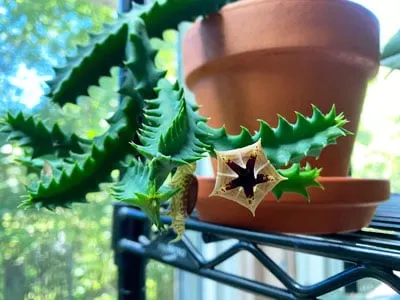
WATERING
I follow my standard watering for succulents. Water thoroughly, allow excess water to exit the drainage hole and wait until at least the top inch or two of soil is dry before watering again during the growing season.
You can (and I usually do) let the soil go completely dry during the growing season and this is fine as long as you don’t let it stay completely dry for too long. Again, this is during the active growing season.
During active growth, as soon as the soil is completely dry, give it a good soaking, let it dry out again, and repeat.
During the winter time, you can keep the soil drier for longer periods of time.
FERTILIZING
As with succulents in general, avoid high nitrogen fertilizers and use ones that are low-nitrogen but high-phosphorus like Schultz Cactus Plus. Avoid fertilizing during the winter time.
If you prefer non-synthetic fertilizers, you can choose to mix in some blood meal or bone meal into the soil in the Spring.
PESTS and PROBLEMS
The most common pest that you may encounter are mealybugs. As with any pests, early detection is key to controlling them. The easiest and best method to treat mealy bugs on your lifesaver cactus is to manually remove the mealybugs that are visible, and then treat with a systemic houseplant insecticide.
This is a softer succulent, so be especially careful of conditions that can produce stem rot, including long periods of cool temperatures, especially if combined with wet soil.
If you notice any soft, dark spots on the stems, cut these areas off your plant.
FLOWERS
When my Huernia first bloomed, I was surprised because I was expecting bigger flowers. The flower are only about an inch in diameter or a little less.
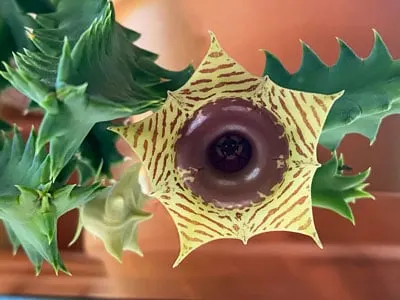
When the buds first appear, they’ll look like the one in the photo below.
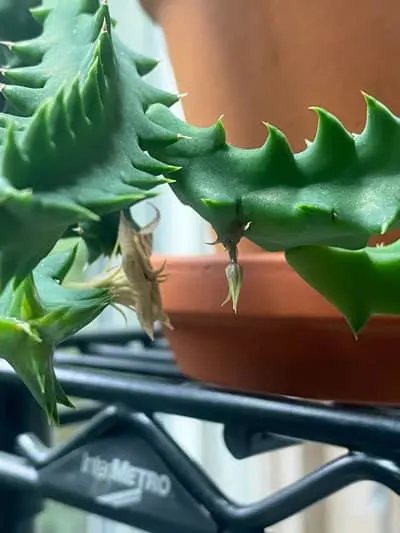
I’ve read some sources that say that the flowers sometimes produce a very foul scent similar to rotting flesh! Fortunately, I’ve never noticed this odor in my plant.
They are related to the Stapelia genus of plants, or Carrion Flower, and these DO have horrendously smelling flowers.
PROPAGATION
I propagated my own plant from a small one inch cutting that a friend sent me in the mail. It was the easiest thing I’ve ever propagated.
The original cutting was the vertical stem shown in the photo below.
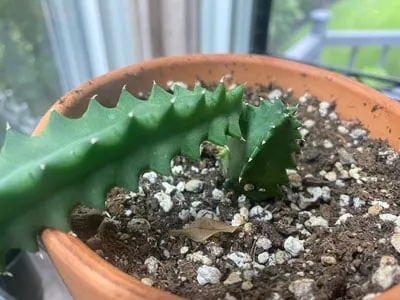
All you have to do is cut off a portion of the stem, allow the end to dry and callous over for 3 or 4 days or so, and then simply insert it into a small pot of soil. It’s as simple as that.
(You want to dry or callous the end in order to help prevent rotting.)
Water the pot, and wait until the surface dries out and keep repeating. Before you know it, you will see growth. My own plant took about 2 years before it bloomed, and this was all from a small 1 inch cutting.
Do you have a Huernia zebrina or lifesaver plant? Comment below. I’d love to hear!

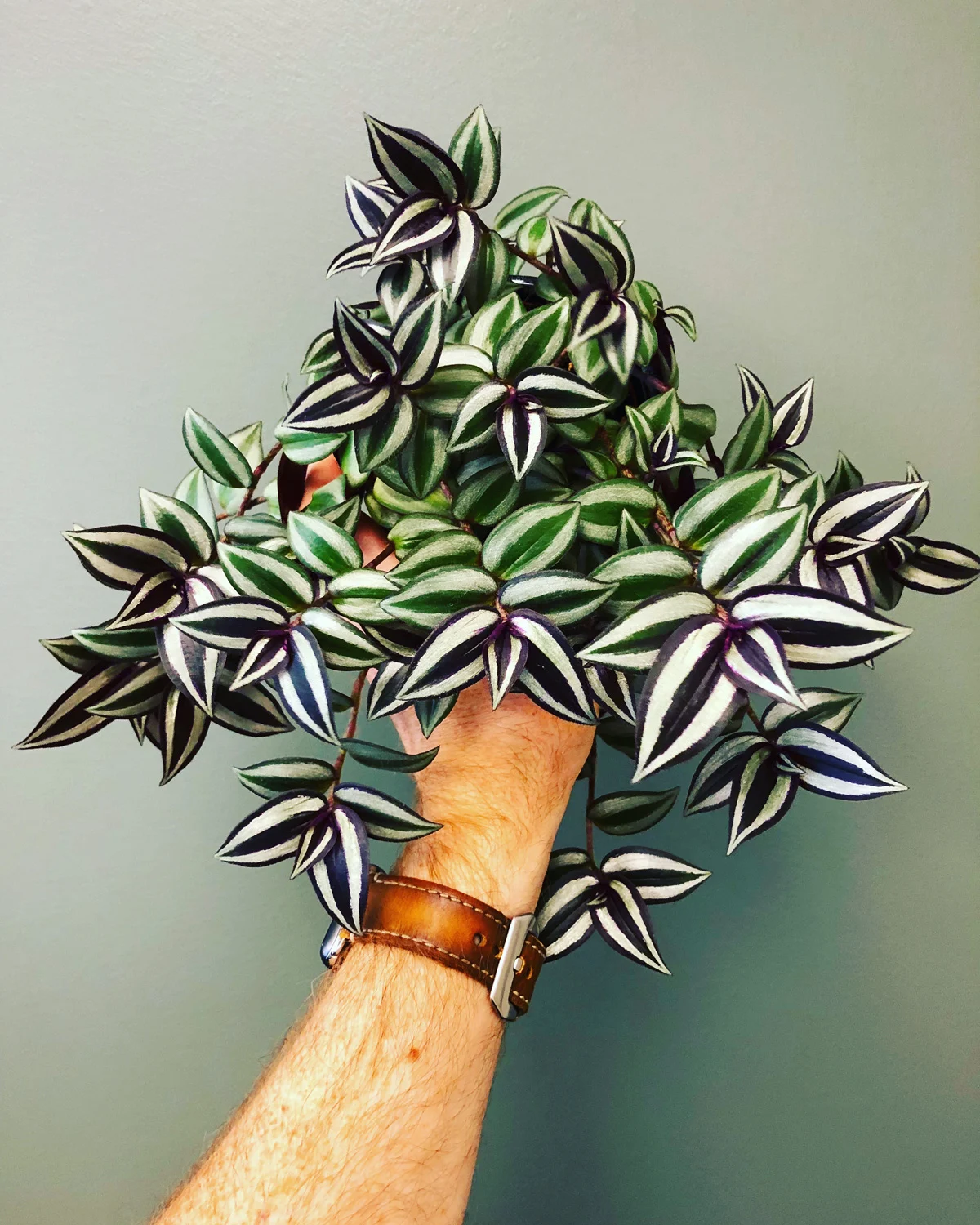
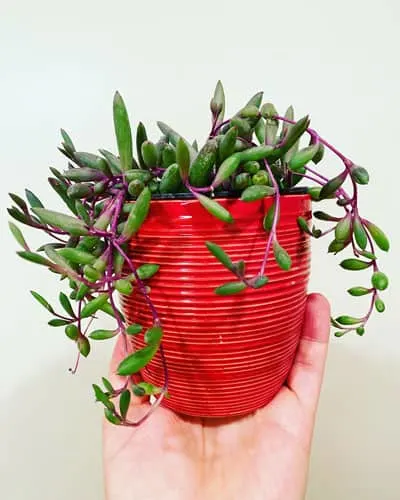
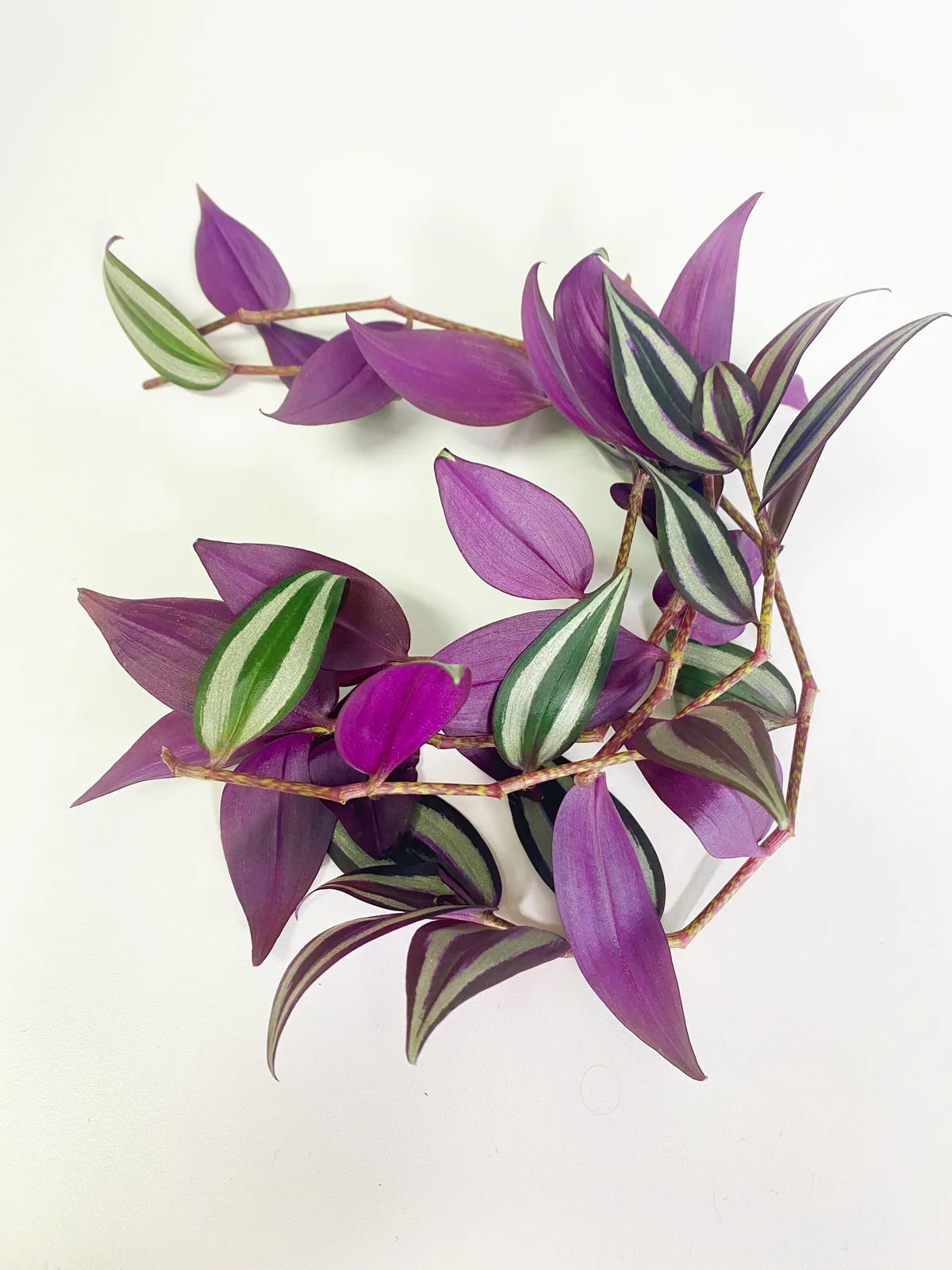
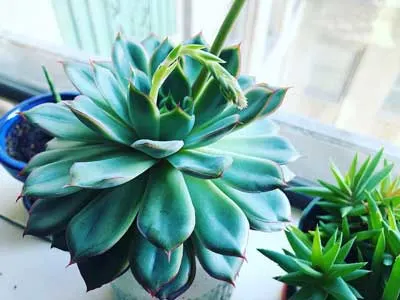
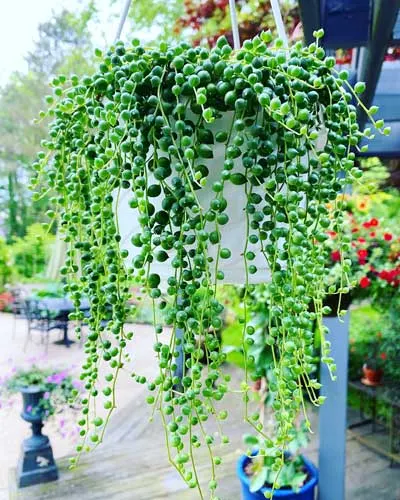
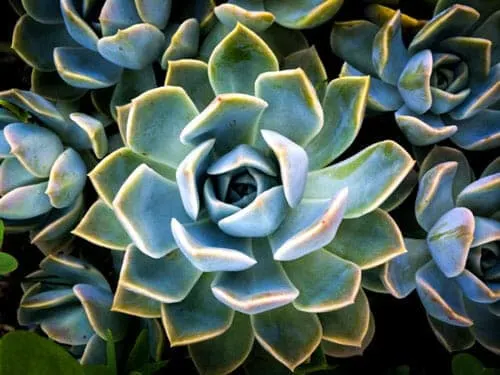
Jacob
Monday 27th of May 2024
From my experience they really don't do well with a lot of light. I had one a couple feet under a grow light and it got burned to nothingness except for one stem of new growth. Just picked it off to propagate and this time keeping it tucked off to the side away from the direct light.
Raffaele Di Lallo
Monday 27th of May 2024
Thanks for sharing Jacob! Depending on your grow light, the distance between the plant and the light can also make a huge difference. It sounds like you found a good placement for your plant now.
Cary
Sunday 30th of July 2023
Hey!!! I finally found a lifesaver plant but I have no clue how to take care of it. So I really appreciate you taking the time to write this. Does this plant usually breaks off easily? Also, some of the stems are drying out on the tip and spreading down. I removed those pieces incase it was an infection. Is this normal ?
Raffaele
Sunday 30th of July 2023
They can break off quite easily yes! You can just stick them back into the soil. I'd have to see a photo of the drying out at the tip. I haven't seen that in my own plants. Can you tell me about your watering? How you determine when to water, and how you water?
Laura Justice
Wednesday 31st of May 2023
Just got a lifesaver cactus today.Can you plant 2 or 3 small lifesaver plants together? If a piece breaks off can you stick it back in the soil?
Raffaele
Thursday 1st of June 2023
Hi Laura! Yes and yes! Before you stick it back in the soil, let it air dry for a couple days and allow the part where it broke off to dry and callous over. This helps prevent rotting.
Nae
Wednesday 1st of March 2023
I’m from Australia and we’ve called these a demogorgon cacti as well as the lifesaver in my family. Mine is in a terra cotta pot on the back deck where I can’t stop it multiplying, I water all my succulents thoroughly as needed and the trees of my backyard provide just enough filtration of the harsh sun throughout summer. I notice in my climate that meant of my succulents all have a dormancy period in summer for me, and the cooler (but definitely not cold) winters is when everything thrives and drops pups and need to be repotted, split up or just given a soil pick me up (top ups, freshen up or feeding). I’ve just found your articles/site today for some much needed help with my maidenhair fern and some tips for my first time purchase of a prayer plant and pepperonis to try my hand at finally starting a houseplant collection. I have cats and have been too scared to bring my obsession indoors until I recently decided to start rotating some cat grass and catnip trays for my furry friends, hopefully they have enough of their own plants and will not need to investigate mine if I have them in hanging baskets or on higher shelves. I have my trays and pebbles ready for placing the first 3 together in my bright and airy bathroom as a first foray. Wish me luck 🍀 🤞 Thanks for your informative blog posts and easy to follow care guides!
Raffaele
Wednesday 1st of March 2023
I'm so happy that you are enjoying my blog! Thank you so much for sharing because it does help keep me going. Good luck with all your plants :-)
Mae
Sunday 31st of July 2022
When my lifesaver cactus first bloomed it looked like a lifesaver. Now the whole bloom is brown? I miss seeing my little life savers. What causes this? Is it fertilizer or not getting enough sun. I miss seeing my lifesaver blooms. I have a lot of them in different pots but not many blooms and when they do bloom the bloom is all brown.
Raffaele
Tuesday 2nd of August 2022
Hm....that's interesting. I'm really not sure. I'd have to see a photo to try and help, but that sounds unusual.